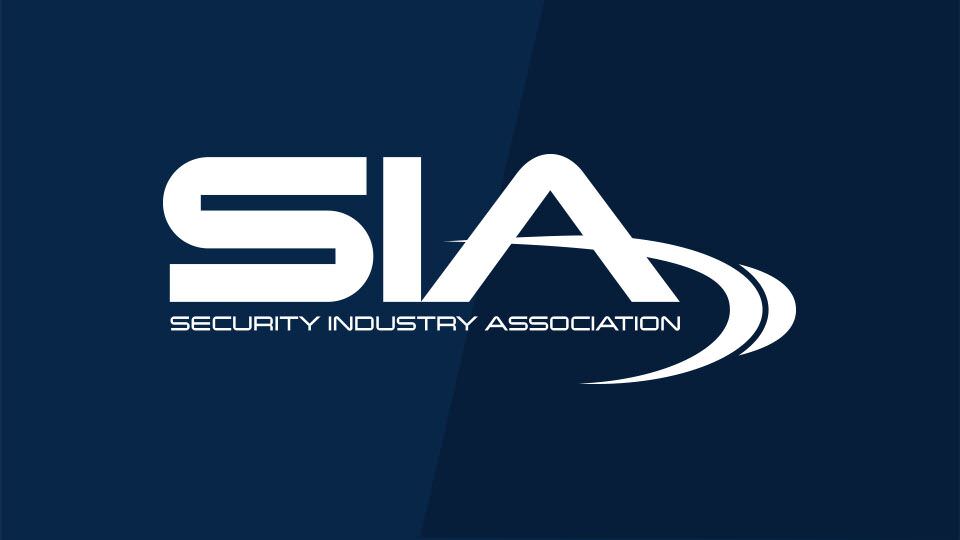Insights from SIA’s Chairman: D-Block Spectrum for First Responder Communications

The terrorist attacks on September 11, 2001 brought to challenges first responders face with electronic communications to the forefront. The lack of reliable interoperable communications led to fire fighters not being aware that police officers had received orders to evacuate the second World Trade tower after the first collapsed. Fire fighters lost their lives because the communications technology they were provided failed them.
The 9-11 Commission recognized this failure and made a recommendation for legislation allocating increased spectrum for public safety use. Experts knew that identifying and allocating spectrum for public safety would not be easy; As we have become an increasingly wireless world, our thirst for spectrums has driven up their commercial value.
The transition from analog to digital television freed up substantial spectrum, which the FCC divided into five groups: A, B C, D and E blocks. The government raised considerable funds auctioning that spectrum; however, D-Block was not sold since there was a requirement that the winning bidder establish a public-private partnership with the Public Safety Spectrum Trust (PSST). That requirement led to lower bids that failed to meet the $1.3 billion reserve price.
Through the tireless efforts of FirstNet’s Public Safety Advisory Committee (PSST), led by its Chairman, Chief Harlin McEwen, the desire to assign the D Block exclusively for use by public safety gained momentum. This goal was finally realized when President Obama signed the bill in February of 2012 that provided a nationwide spectrum for public safety use by first responders.
The spectrum allocation is only the beginning. The legislation also established the “First Responder Network Authority” (FRNA), part of the National Technology Information Administration, and a Public Safety Trust Fund was established within the treasury department and seeded with an initial $7 billion for construction of the network. There is a high probability that the network will use Long Term Evolution (LTE) technology since the higher wireless data rates provided by LTE enhance usability of higher-bandwidth applications.
FirstNet is important for manufacturers and integrators in the fire and security industry because of applications that will be created for first responder use. The interoperability promise of this network will enable first responders to connect to the resources they are charged with protecting. Mobile applications will provide them with real time situational awareness and will have a tremendous impact on public as well as first responder safety.
It is reasonable to expect future fire alarm systems, video management systems, building management systems, card access systems, etc. to have secure interfaces to applications deployed by first responders. Information from a building about additional fire sensors that have activated, where those sensors are, can be delivered directly to a fire officer.
Accomplishing this will require that FirstNet and NIST drive the creation of standards that allow such interoperability. These standards must be such an enabler, while protecting the Intellectual Property rights of manufacturers that drive innovation. Physical Security Information Management systems are already deploying such interoperability and can be an early enabler.
It is my desire as Chairman to establish SIA as the technology partner for FirstNet with respect to first responder emergency access into building management systems, card access systems, fire systems, video management systems, etc. As an association with security and fire manufacturers as a core part of its membership, SIA is well positioned to be at the forefront of creating this interoperability, between FirstNet users and physical security and fire systems.
